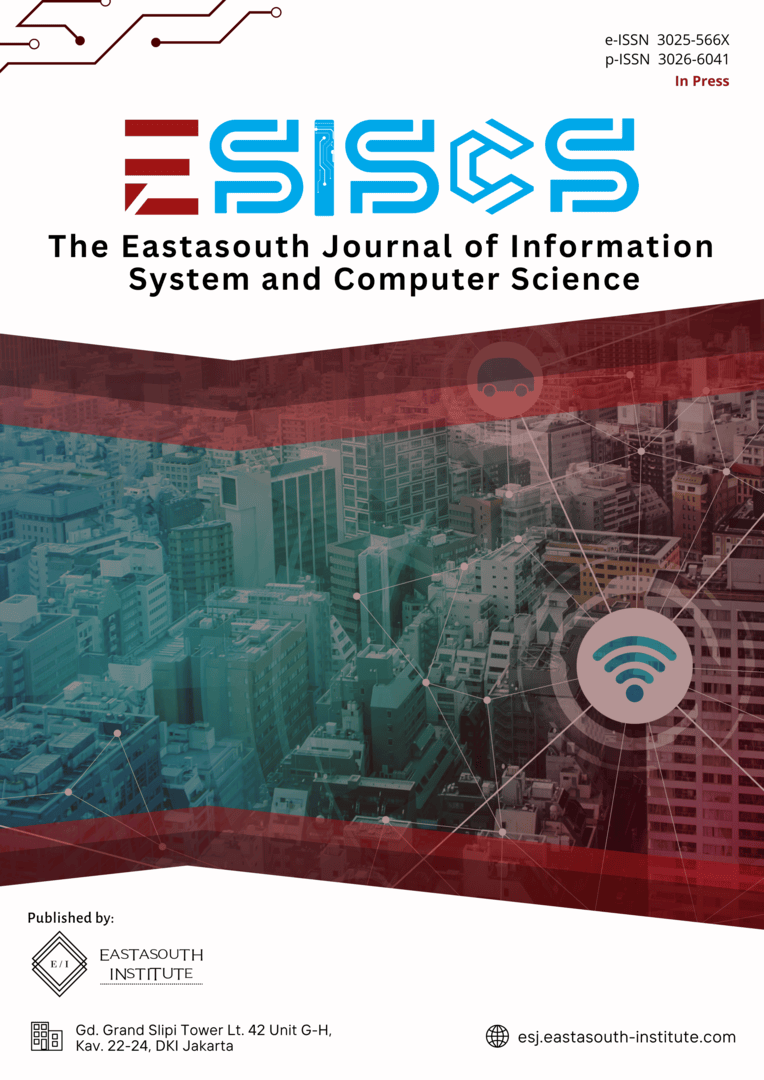Analysis of Upstream Cloud Technology Acceptance at Pertamina Hulu Energi Regional 4
Main Article Content
Abstract
This study aims to analyze the factors influencing the acceptance of Upstream Cloud technology at PT Pertamina Hulu Energi Regional 4. Upstream Cloud is part of the company's digital transformation strategy, expected to improve operational efficiency and competitiveness in the oil and gas industry. Using the Technology Acceptance Model (TAM) approach, this research examines the influence of Perceived Usefulness (PU), Perceived Ease of Use (PEOU), Confidence Level of Users (CL), and Cost Effectiveness (CE) on the level of technology acceptance within the organization. The research was conducted through a survey involving employees of PT Pertamina Hulu Energi Regional 4, with data analyzed using inferential statistical methods to determine the relationships and the magnitude of influence of each variable. The results indicate that PU has a positive and significant effect of 33.3%, PEOU of 9.2%, CL of 39.1%, and CE of 14.9% on technology acceptance. Simultaneously, these four variables contribute a total of 96.5% to the acceptance of Upstream Cloud technology. These findings have important strategic implications for the company, including the need to enhance user competence and confidence through technical training and mentoring, intensify communication regarding the tangible benefits of cloud technology, and strengthen technical support. Additionally, although PEOU has a relatively small influence, ensuring ease of use remains essential to minimize adoption barriers, particularly for non-technical users. Regular evaluations of the technology's effectiveness are also recommended to adapt to the dynamic operational needs and technological advancements in the oil and gas industry.
Article Details

This work is licensed under a Creative Commons Attribution-ShareAlike 4.0 International License.
References
F. D. Davis, “Technology acceptance model: TAM,” Al-Suqri, MN, Al-Aufi, AS Inf. Seek. Behav. Technol. Adopt., vol. 205, p. 219, 1989.
V. Venkatesh and F. D. Davis, “A theoretical extension of the technology acceptance model: Four longitudinal field studies,” Manage. Sci., vol. 46, no. 2, pp. 186–204, 2000.
R. C. Chanda, A. Vafaei-Zadeh, H. Hanifah, and T. Ramayah, “Investigating factors influencing individual user’s intention to adopt cloud computing: a hybrid approach using PLS-SEM and fsQCA,” Kybernetes, vol. 53, no. 11, pp. 4470–4501, 2024.
J. Y. L. Thong, “An integrated model of information systems adoption in small businesses,” J. Manag. Inf. Syst., vol. 15, no. 4, pp. 187–214, 1999.
K. Zhu and K. L. Kraemer, “Post-adoption variations in usage and value of e-business by organizations: cross-country evidence from the retail industry,” Inf. Syst. Res., vol. 16, no. 1, pp. 61–84, 2005.
V. Venkatesh, M. G. Morris, G. B. Davis, and F. D. Davis, “User acceptance of information technology: Toward a unified view,” MIS Q. Manag. Inf. Syst., vol. 27, no. 3, pp. 425–478, 2003, doi: 10.2307/30036540.
Z. A. Kassim1 and B. N. E. A. Hasan, “Empirical Evaluation on Cloud Computing in Oil and Gas Industries in Bahrain,” in Proceedings of the 5th Open Society Conference (OSC 2023), 2023, vol. 263, p. 4.
P. Raj and P. Vijayakumar, “Describing the IoT data analytics methods and platforms,” Streaming Anal. Concepts, Archit. Platforms, Use Cases Appl., vol. 44, p. 191, 2022.

